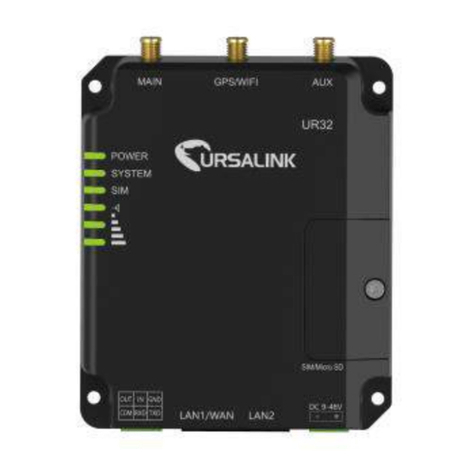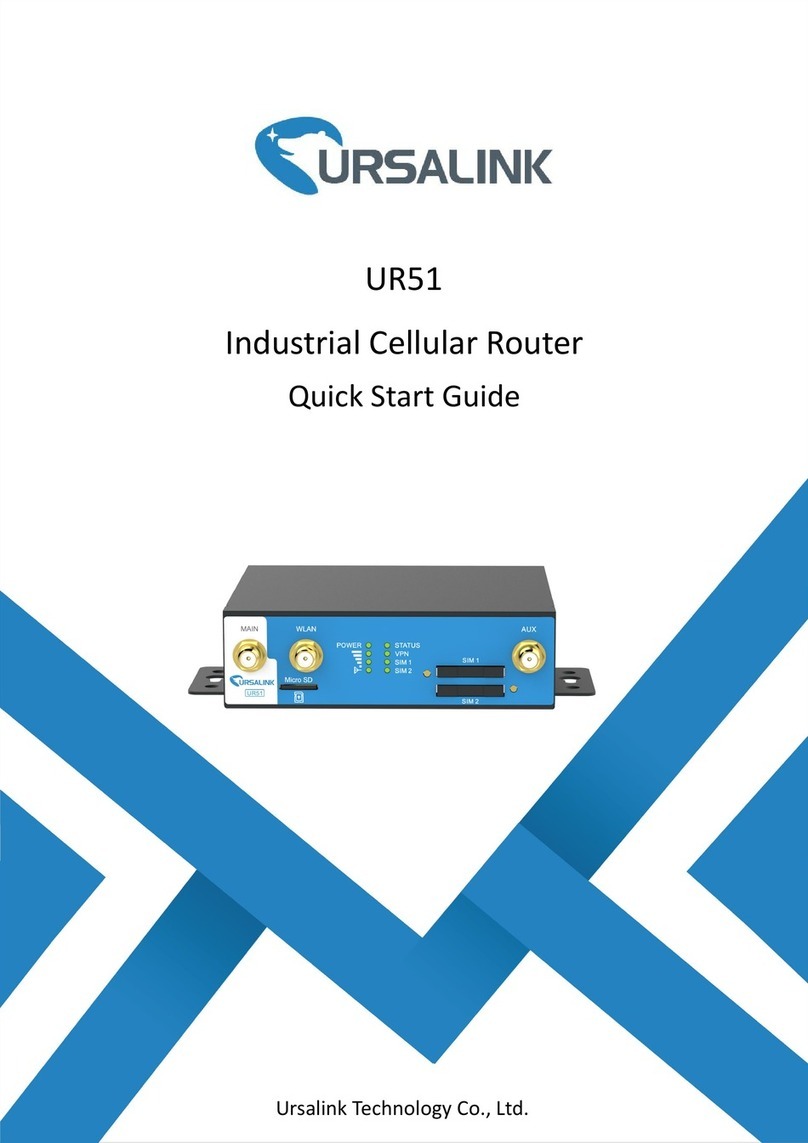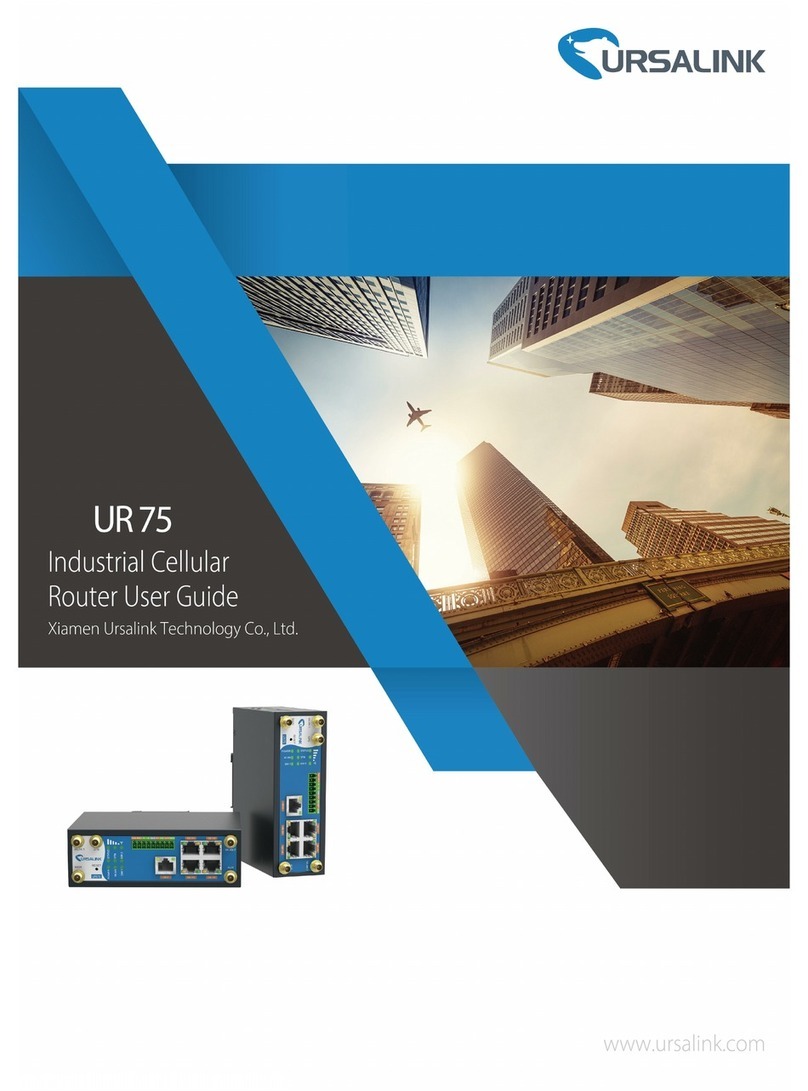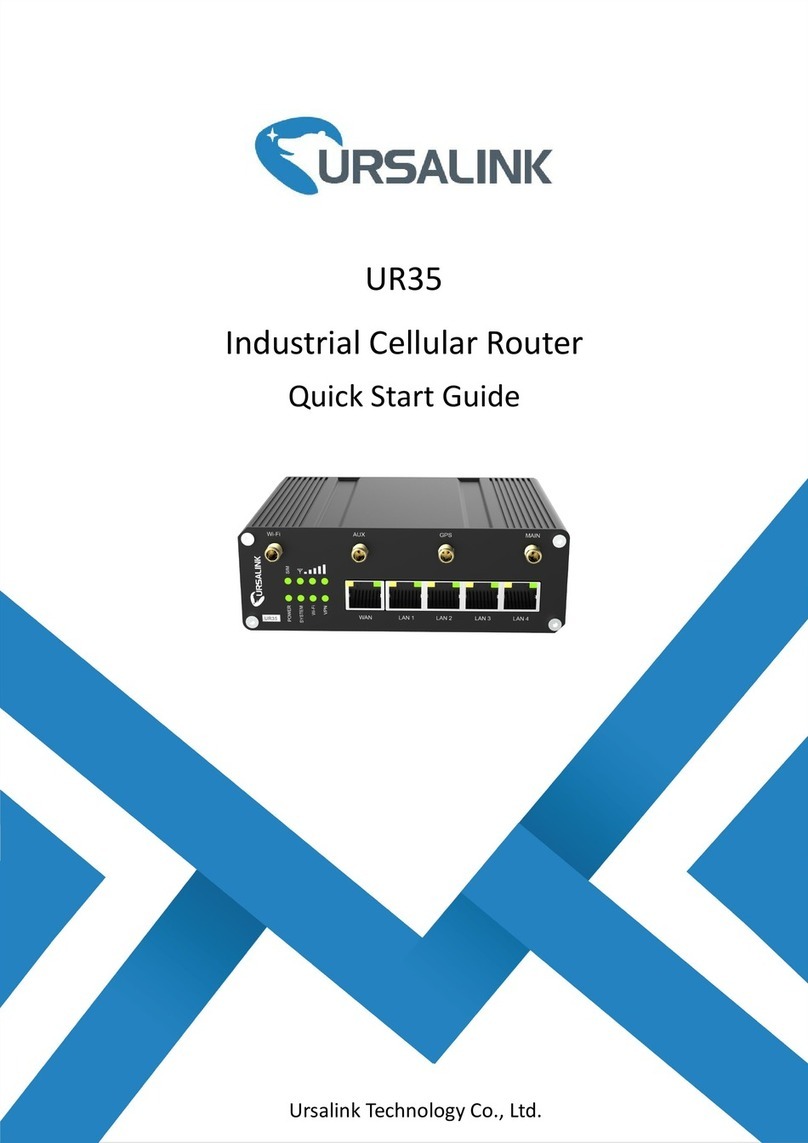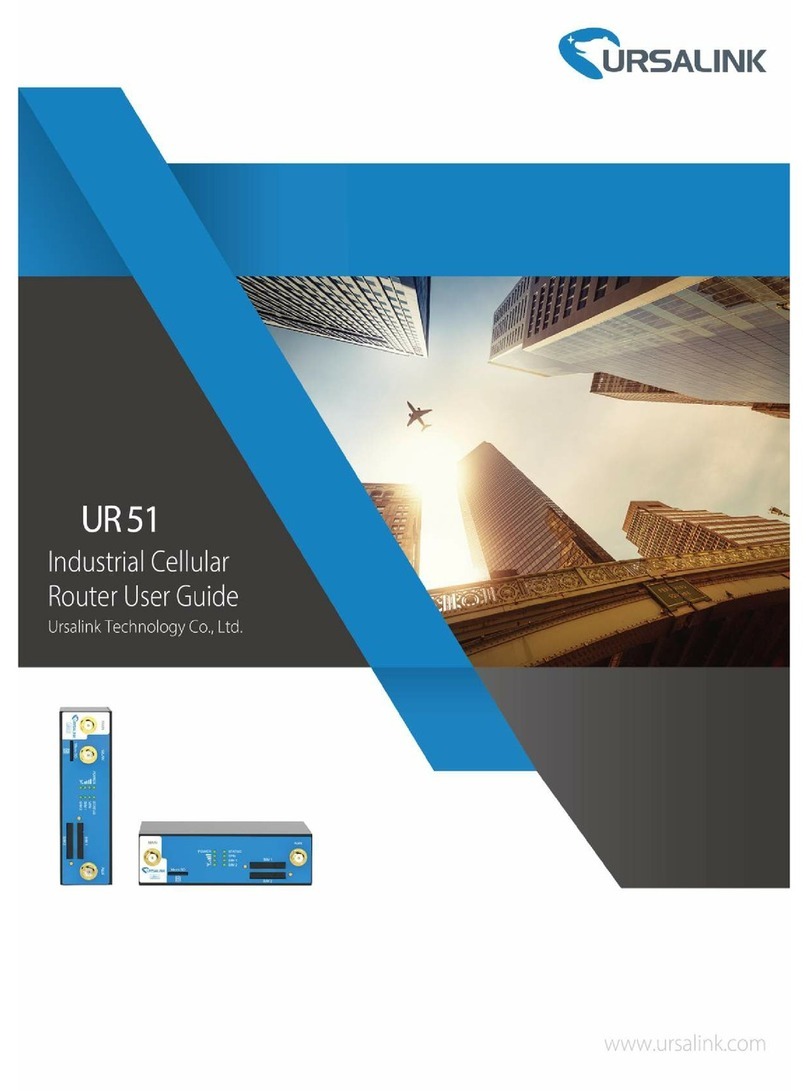4.3.3.4 Trap..................................................................................................................................... 92
4.3.3.5 MIB...................................................................................................................................... 93
4.3.4 AAA.................................................................................................................................................93
4.3.4.1 Radius..................................................................................................................................93
4.3.4.2 TACACS+.............................................................................................................................. 94
4.3.4.3 LDAP.................................................................................................................................... 94
4.3.4.4 Authentication....................................................................................................................95
4.3.5 Device Management..................................................................................................................... 96
4.3.6 Events............................................................................................................................................. 97
4.3.6.1 Events.................................................................................................................................. 97
4.3.6.2 Events Settings....................................................................................................................98
4.4 Industrial Interface................................................................................................................................... 99
4.4.1 I/O................................................................................................................................................ 100
4.4.1.1 DI....................................................................................................................................... 100
4.4.1.2 DO..................................................................................................................................... 101
4.4.2 Serial Port.....................................................................................................................................102
4.4.3 Modbus TCP................................................................................................................................. 105
4.4.3.1 Modbus TCP......................................................................................................................105
4.4.4 Modbus Master........................................................................................................................... 105
4.4.4.1 Modbus Master................................................................................................................ 105
4.4.4.2 Channel............................................................................................................................. 106
4.4.5 GPS............................................................................................................................................... 108
4.4.5.1 GPS.................................................................................................................................... 108
4.4.5.2 GPS IP Forwarding............................................................................................................ 109
4.4.5.3 GPS Serial Forwarding...................................................................................................... 110
4.5 Maintenance........................................................................................................................................... 111
4.5.1 Tools............................................................................................................................................. 111
4.5.1.1 Ping....................................................................................................................................111
4.5.1.2 Traceroute.........................................................................................................................111
4.5.2 Schedule.......................................................................................................................................112
4.5.3 Log................................................................................................................................................ 112
4.5.3.1 System Log........................................................................................................................ 113
4.5.3.2 Log Settings.......................................................................................................................113
4.5.4 Upgrade........................................................................................................................................114
4.5.5 Backup and Restore.....................................................................................................................116
4.5.6 Reboot..........................................................................................................................................116
Chapter 5 Application Examples.......................................................................................................................... 118
5.1 Account Info Management.....................................................................................................................118
5.2 Common User Management.................................................................................................................. 118
5.3 System Time Management.....................................................................................................................119
5.4 Backup and Restore Configuration........................................................................................................ 121
5.5 Restore Factory Defaults........................................................................................................................ 122
5.5.1 Via Web Interface........................................................................................................................ 122
5.5.2 Via Hardware............................................................................................................................... 124
